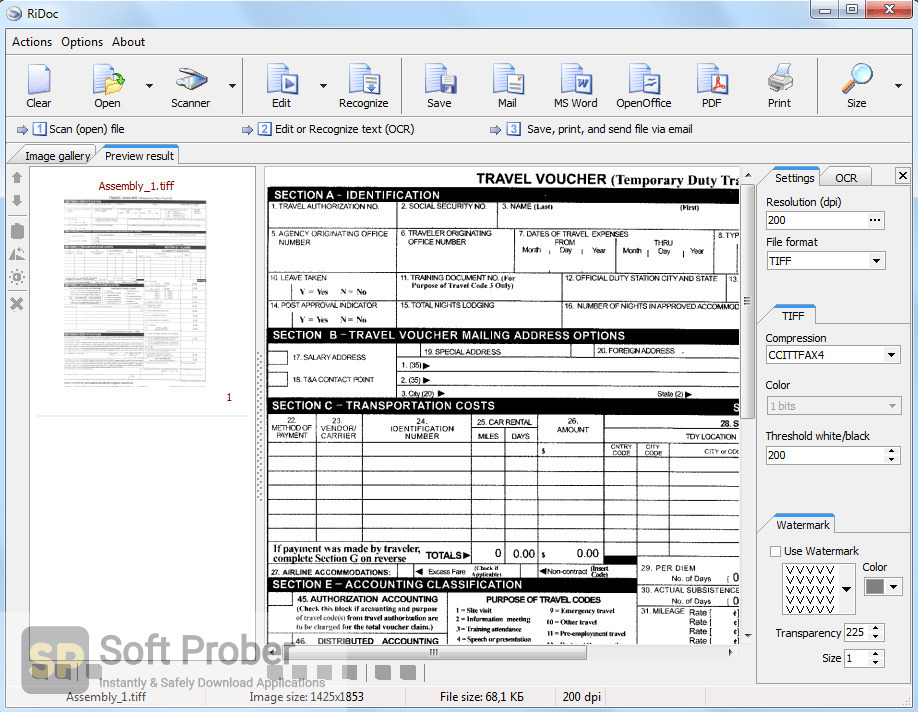


This schedule also occurs for other residents of High Side who are not in administrative confinement, such as those in protective custody. In both forms of restrictive housing, incarcerated people are confined to their cells on a “23 and 1” schedule-23 hours in their cell and 1 hour of recreation time. According to publicly available policy, people classified to administrative confinement are supposed to have their security status reassessed every 90 days, but the actual amount of time they can remain there is indefinite.

All individuals classified to administrative confinement are housed in High Side. Administrative confinement is a security classification, used when RIDOC staff believes an individual is “dangerous to him/herself or others” or shows a “chronic inability to adjust to the general population,” amongst other reasons.

Instead, when the RIDOC confines people in their cell for 22 hours or more, it is referred to as “restrictive housing.” The two primary forms of restrictive housing are disciplinary and administrative confinement.ĭisciplinary confinement occurs in each of the facilities of the ACI and can be used as a punishment for a wide range of non-violent and violent infractions. The United Nations defines solitary confinement as individuals being “held in isolation from others, except guards, for at least 22 hours a day.” Publicly, the Rhode Island Department of Corrections (RIDOC) has maintained that the Adult Correctional Institutions (ACI) does not use solitary confinement. Colloquially known as ‘High Side,’ the facility has recently come under scrutiny for its use of long-term solitary confinement amidst the global movement to end this practice in prisons and jails. Shrouded by trees and dying bushes, kept out of sight from passersby, Rhode Island’s High Security Correctional Facility is currently home to 78 incarcerated individuals. The art at the top of this piece is from Leonard Jefferson. Please note that names with an asterisk (*) are pseudonyms, used to protect interviewees.


 0 kommentar(er)
0 kommentar(er)
